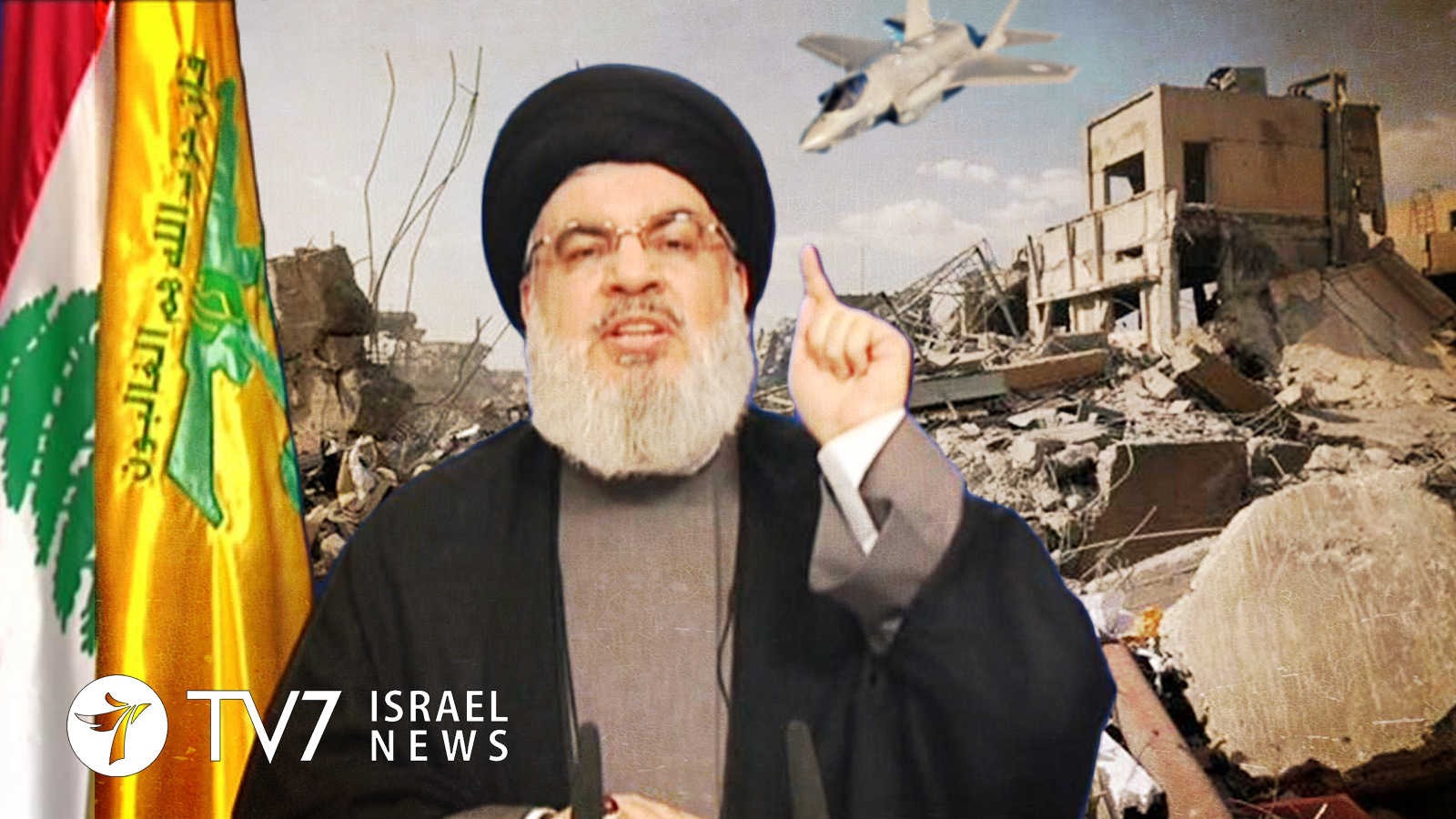Newton or Hammurabi? The Nasrallah Equation
By Amir Oren
An eye for an eye seems to be the order of the day in the relationship between Israel and the Lebanese armed movement Hezbollah, whose leader for the last 28 years, Hassan Nasrallah, promised to have at least one Israeli soldier killed following the late July death of a Hezbollah operative in an Israel Air Force strike against an Iranian logistics facility near Damascus.
In the six weeks since that event, Hezbollah failed at least twice in attempts to hit Israeli military targets south or east of the border. Civilians have neither been targeted nor hit. In foiling the attacks, Israel has been careful to let the Hezbollah infiltrators and snipers escape unharmed, lest it assures a further cycle of violence. Yet for Nasrallah, an A for effort would not do. In late August he renewed his pledge to keep trying until the Israel Defense Forces concede a fatality. The Israeli high command takes him at his word and ordered its troops in the outposts and roads near both the Lebanese and Syrian borders to maintain their alert status.
Nasrallah puts a premium on his personal prestige. He wants to be respected as a man of his word. Once committed, there is no turning back until the pledge is fulfilled. That is how he, and by extension his organization, will be taken seriously. The upshot is that while his threats have indeed become a factor in Israel’s calculus, they have also narrowed his room for maneuver. Making good on a threat may turn out to be worse than ignoring it.
The Hezbollah chief himself admitted as much in 2006, when he confessed that had he foreseen the consequences – the price paid by his own men and by the civilian population – when he ordered the abduction of Israeli soldiers to gain bargaining chips in return for convicted killer Samir Quntar, whose killing spree in Israel and detention there preceded the establishment of Hezbollah, he would not have ordered it. This, however, is a lesson learned 14 years ago, halfway through Nasrallah’s tenure so far, and while he has taken care not to provoke Israel into another devestating campaign in Lebanon, neither can he simply hunker down in a bunker and wait for an Israeli bomb to be released on his head.
The Syrian Civil War changed Nasrallah’s position in the so-called Axis of Resistance – Iran, the Assad regime and Hezbollah. Syria, which used to dominate its smaller neighbor and refused to recognize its independence, became dependent on Iran’s proxy, along with Iran, Turkey and the Russian Air Force, when Assad’s army was spread to thin to contend with the opposition. Nasrallah became a regional player, deploying his forces abroad, fighting Israel from a new sector facing the Golan Heights and exposing Hezbollah operatives to Israeli fire there.
Thus he came up with a revised, updated formula. Not only will he retaliate with thousands of rockets if Israel strike targets within Lebanon, but revenge will also be taken if a Hezbollah operative is killed elsewhere. This can be called Nasrallah’s Second Equation, reminiscent of Newton’s Laws of Motion, with Israel and Hezbollah the objects moving in opposite directions, but it actually goes back to Biblical times or to the Code of Hammurabi.
The aim, of course, is deterrence, and as far as it goes it is effective enough. Israel has takes pains to avoid knowingly hitting Hezbollah members not participating in a firefight or about to launch an attack. Excellent as its intelligence is, though, it is not privy to the make-up of every gathering anywhere in Syria, and had no idea a Lebanese affiliated with Hezbollah will be in the Iranian facility when struck. Nasrallah himself was unaware of it. Israel will strive to have better and more timely information, as it is concerned with an accidental friction with Russian forces in the vicinity, but it cannot be expected to refrain from active self-defense just because it may anger Sheikh Hassan.
The bigger problem with a simplistic deterrence equation is that it becomes a Doctor Strangelove-like Doomsday Machine, a ticking time bomb sure to explode. Nasrallah has now verbally chained himself to the bomb. Unchaining would be costly. He dare not become the object of ridicule, with Hezbollah’s main claim to fame is as the country’s guardian against Israel. Nevertheless, it could be framed as priority being given to Lebanon’s multiple domestic crises, in the aftermath of the Beirut port explosion a month ago.
Israeli military authorities are not banking on it. Up north, the IDF has two of the best and most sophisticated general officers in its current crop – Major General Amir Baram as head of the entire command facing both Syria and Lebanon and Brig.-Gen. Shlomi Binder in charge of the Galillee Division charged with Lebanese front, a job Baram used to have a few years ago. The higher echelon of Israel’s decision making apparatus also includes three veterans of the Northern Command – Chief of The General Staff Aviv Kochavi and two of his predecessors, Defense Minister Benny Gantz and Foreign Minister Gaby Ashkenazi. There has never been such a seasoned class of graduate students in Nasrallogy.
These officials do not underrate their rival. They consider him wily and astute and take him at his word, at least up to a point. As the second week of September started and with the approach of the Jewish High Holidays, Baram and Binder made the rounds of troops, municipalities and hospitals to tighten the bolts, in case Nasrallah chooses a sensitive time to miscalculate and starting a chain of events out of his control.
